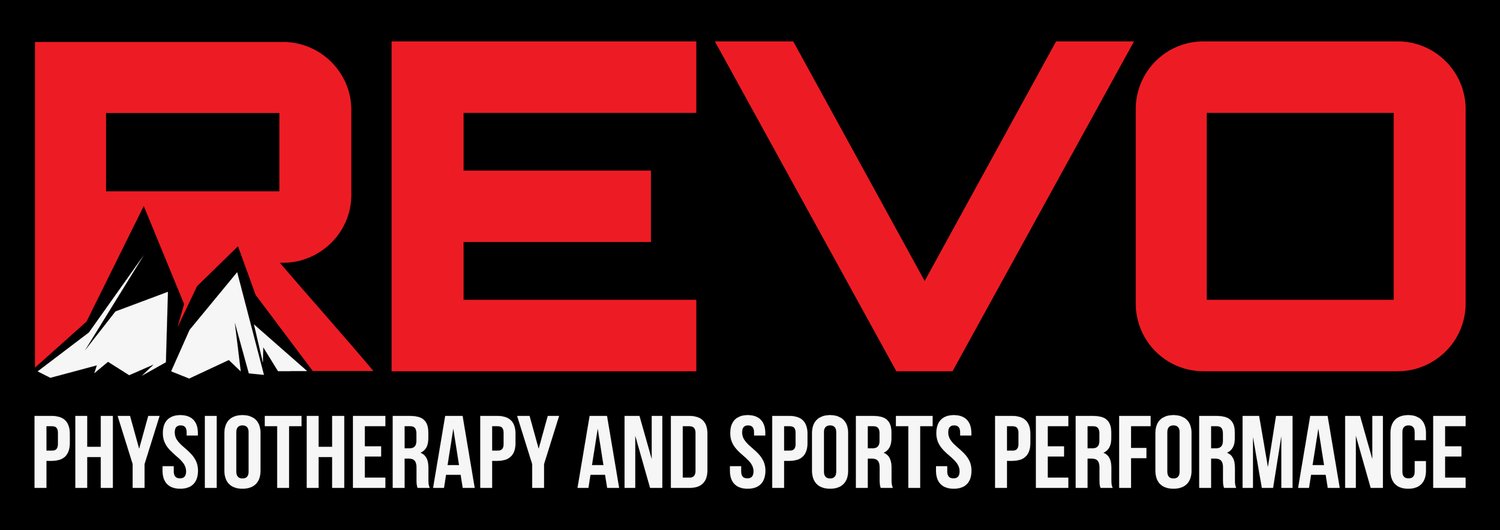Knee valgus? Ok, so now what?
Knee valgus, medial collapse, movement dysfunction. These terms get thrown around a lot in the physical therapy and sports performance world. So what exactly is this pattern and what can you do about it?
First of all, knee valgus refers to the femur moving into internal rotation and adduction. This is often referred to as medial collapse as the knee tracks medially toward the center of the body. We know this movement is linked to ACL injury, anterior knee pain and IT band pain among others. When you see this pattern you intuitively know its not supposed to happen but the fix for this dysfunction does not come quite so easily.
Long story short, this movement pattern is a habit. We call this motor control. Its not always the case that the body doesn't have the required strength to stop valgus from occurring. Most often the pattern is a result of repeated poor movement choices. These choice eventually become the default. The more we choose this pattern the more ingrained it becomes. As we are not programmed from birth to move this way we need to assume it was a learned behavior. "Unlearning" this movement can be difficult. Consider altering your golf swing or changing your free throw shooting technique. Sounds like a feat to me!
Retraining motor control is a long term investment in your own health. Detailed assessment and repeated practice are the keys to long term athletic performance and injury prevention. Strength work is sexy and its fun. Strength work alone is not enough to ensure proper motor control for your sport. Take a close look at yourself in a mirror performing a step down as pictured above. If you can see your knee moving inward with the naked eye, its too much! Now comes the movement quality focus of your training. Glute max is the primary muscle responsible for controlling/stopping this movement of the femur. Moving in a "hip strategy" or a hip hinge pattern is paramount. For example, in the squat, the hips must move backward first. The joint that moves first is loaded maximally at end range. Meaning if the hip moves first we load that joint and its surrounding musculature more than the knee and ankle. This is a great place to start your training.
Nailing down perfect squat form will set you up for success in your relearning of safe motor patterns. Perfect your movements before loading with excessive weight and watch your athletic performance improve and decrease your risk of non contact injury.

